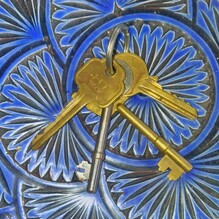 Some of you may have been to multiple osteopaths and may have been surprised by how different your treatment has been. It would be fair to say that osteopathy is a broad church! If you had asked me, before I trained as an osteopath, what defined osteopaths I would probably have said, the type of treatment they offer and would probably have said specifically the use of high velocity thrusts, or, manipulations…because that was the kind of treatment I had from the osteopaths I had visited and I felt that was what was different from massage or physiotherapy. But there are plenty of osteopaths who don’t use manipulations and, of course, Chiropractors use ‘adjustments’, which amount to the same thing…in fact they have probably been using them longer. What makes an osteopath, is more about how we think than any individual technique, or protocol and it is the philosophy that sets us apart from chiropractors, physiotherapists and other bodyworkers. There are 4 key principles of osteopathy
0 Comments
|
Archives
February 2024
AuthorDamian is the principal osteopath at Vauxhall Village Osteopathy and Oval Osteopathy Categories
All
|


 RSS Feed
RSS Feed


